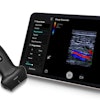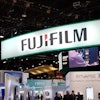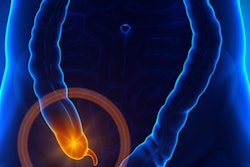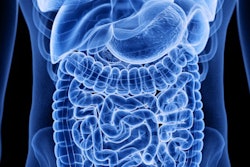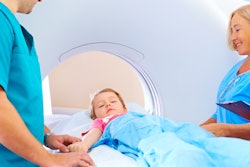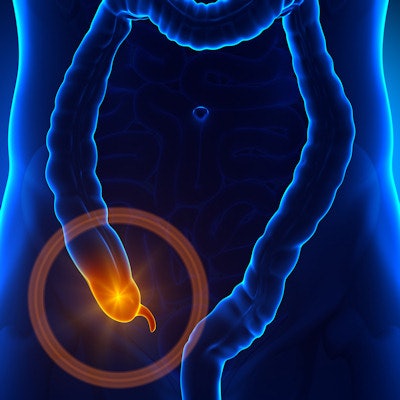
Ultrasound scans followed by CT if necessary may be the most cost-effective imaging option for patients with suspected appendicitis, according to research published online on January 21 in Pediatrics. The staged intervention approach also resulted in some of the best quality-of-life outcomes for patients.
The new research contradicts another recent study that found MRI to be quicker and cheaper than ultrasound for some patients with appendicitis. While MRI alone and an initial ultrasound scan followed by MRI both performed well in the new study, the researchers found the additional cost of MRI scans may not make up for minimal improvements in quality of life.
"Previous decision-analytic models assessed the cost-effectiveness of various imaging protocols for diagnosing pediatric appendicitis but did not address ultrasounds that do not visualize the appendix, did not evaluate MRI, or did not stratify patients by risk," wrote the authors, led by Dr. Rebecca Jennings from the department of pediatrics at Seattle Children's Research Institute.
When it comes to imaging patients with suspected appendicitis, imaging modalities have different pros and cons. For instance, ultrasound scans are cheaper and don't use radiation, but they are also less accurate than CT and MRI, the authors noted.
The new study aimed to investigate the most cost-effective protocols for imaging suspected appendicitis. The researchers modeled the cost-effectiveness of imaging with CT only, MRI only, and ultrasound scans as a prerequisite to CT and MRI in a few different staged scenarios. For their model, they used a hypothetical cohort of children presenting to an emergency department with suspected appendicitis based on data and outcomes in previously published studies.
The most cost-effective strategy was to use ultrasound scans as an initial screening method for patients with moderate appendicitis risk followed by CT for patients whose initial ultrasound scan did not visualize the appendix but had secondary signs of inflammation. This staged strategy cost $4,815 and resulted in a quality-adjusted life year (QALY) of 0.99694.
| Cost-effectiveness of imaging approaches for appendicitis | |||
| Ultrasound followed by CT | Ultrasound followed by MRI | MRI only | |
| Cost | $4,815 | $5,071 | $5,521 |
| QALY effectiveness | 0.99694 | 0.996986 | 0.997015 |
Two other methods (MRI only and ultrasound scan followed by MRI) had slight improvements in quality of life over the top result. However, both strategies cost more and did not meet the willingness-to-pay threshold of $100,000 to $150,000 per QALY gained.
"To maximize cost-effectiveness, when a patient has a higher risk of appendicitis, all ultrasounds that do not visualize the appendix should be followed by CT," Jennings and colleagues wrote. "The sensitivity of an ultrasound that visualizes the appendix is high enough that a CT after a negative ultrasound result is only cost-effective when the proportion of nonvisualized ultrasounds is high."
Ultrasound scans followed by CT proved to be the most cost-effective strategy for patients with a moderate risk of appendicitis, but imaging may not be required at all for patients with an extremely high or low risk of appendicitis, the authors found. For patients with a lower than 16% chance of having appendicitis, the most cost-effective strategy was to discharge them, while immediate surgery was the most cost-effective option for patients with a higher than 95% probability of having appendicitis.
"Our results suggest all hospitals should adopt risk stratification followed by eventual ultrasound in patients with intermediate probability of appendicitis," the authors wrote. "It is important to note that our results were sensitive to changes in the specificity of ultrasound with visualization of the appendix; when ultrasound is not read by a pediatric radiologist, it may have a lower specificity, which would impact the cost-effectiveness of ultrasound-first approaches."

